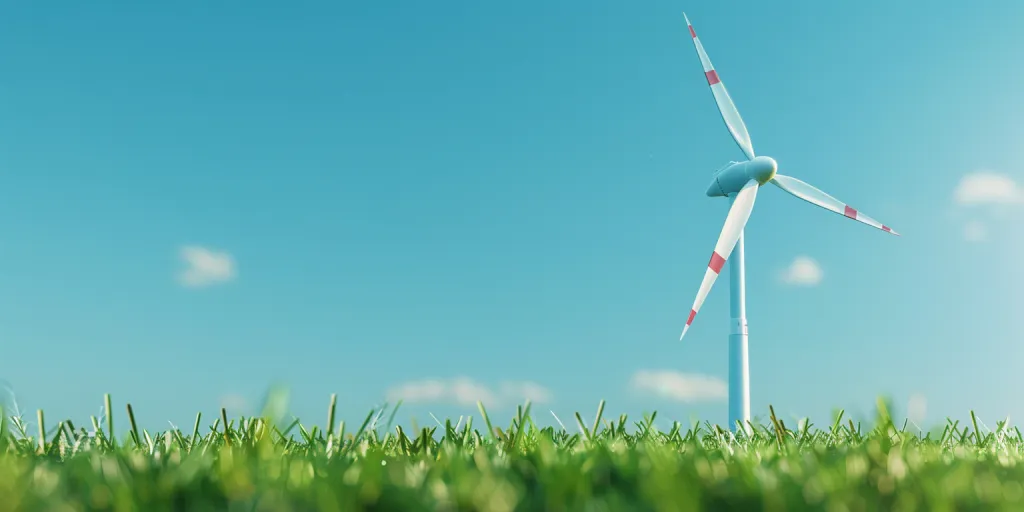Wind energy stands as a pillar of renewable power, promising a cleaner, more sustainable future. With the world’s increasing focus on reducing carbon emissions, understanding the definition and mechanics behind wind energy is more important than ever. This article aims to demystify wind energy, breaking down its core components, benefits, and the technology that harnesses it, making this complex topic accessible to all.
Table of Contents:
– What is wind energy?
– The technology behind wind turbines
– Environmental impacts and benefits
– The economics of wind energy
– The future of wind energy
What is wind energy?

Wind energy, at its core, is a form of solar energy. It’s created by the uneven heating of the atmosphere by the sun, variations in the earth’s surface, and the rotation of the earth. This section delves into the scientific principles that allow wind to be transformed into electrical energy. It also explores the historical context of wind energy, showing its evolution from powering sails to generating electricity for millions of homes.
The technology behind wind turbines
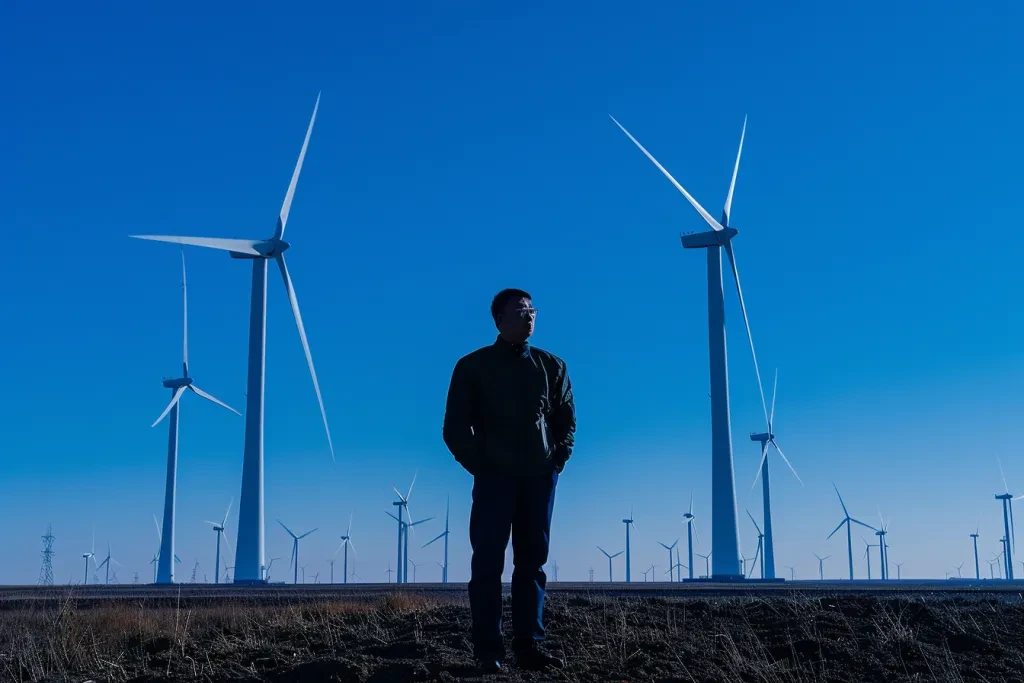
Wind turbines are the workhorses of wind energy production. This section outlines the components of a wind turbine, including the rotor blades, shaft, and generator, and explains how they work together to convert kinetic wind energy into electrical energy. It also touches on the advancements in turbine technology, such as increased efficiency and the development of offshore wind farms, which have significantly expanded the potential for wind energy generation.
Environmental impacts and benefits
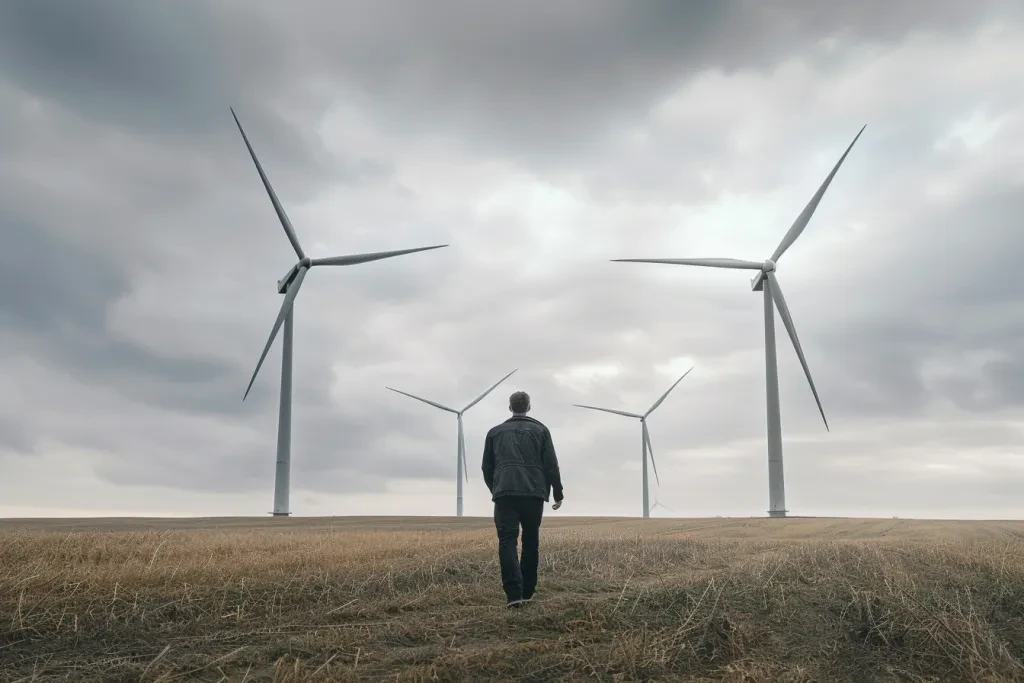
While wind energy is a green alternative to fossil fuels, it’s not without its environmental considerations. This section examines the ecological footprint of wind energy, from the manufacturing of turbines to their operation and decommissioning. It highlights the minimal impact on wildlife and ecosystems, especially when compared to traditional energy sources, and discusses ongoing research and mitigation strategies to further reduce these impacts.
The economics of wind energy
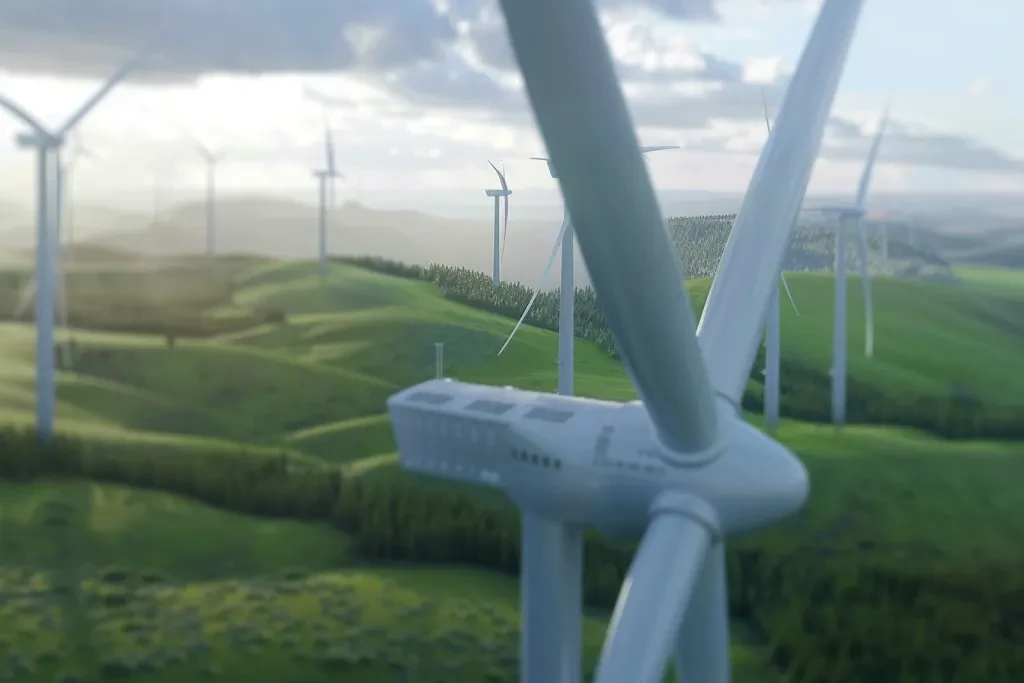
The financial aspects of wind energy have become increasingly favorable. This section breaks down the costs associated with wind energy production, including installation, maintenance, and operational costs. It also compares these expenses to those of non-renewable energy sources, showcasing the long-term savings and economic benefits of investing in wind energy. Additionally, it highlights government incentives and policies that support the wind energy sector, making it an ever more attractive option for energy production.
The future of wind energy
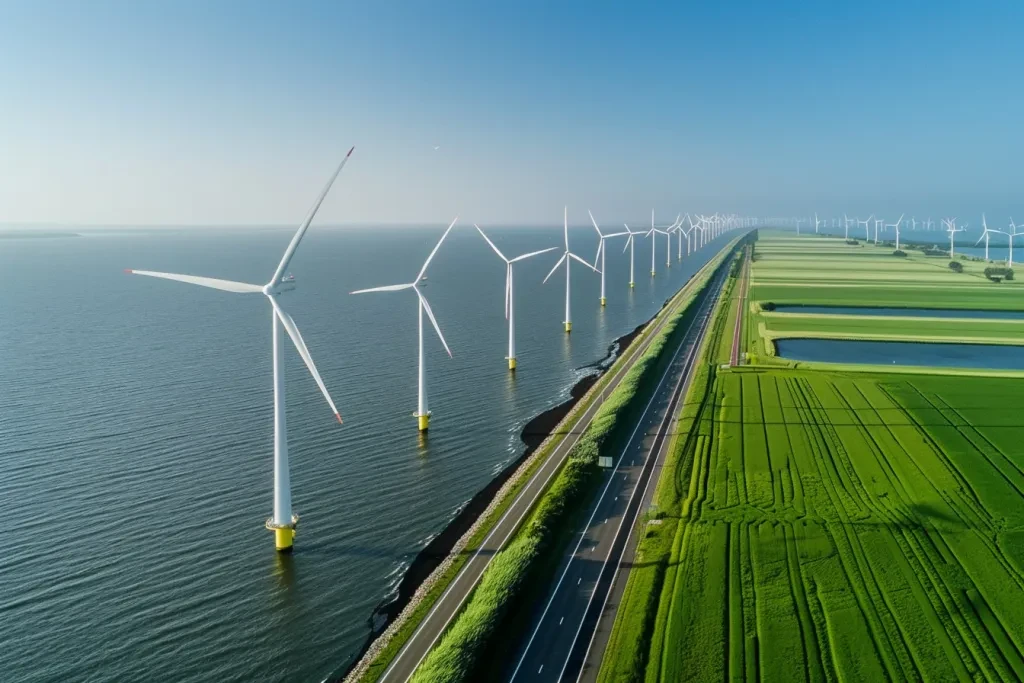
Wind energy is poised for significant growth, driven by technological advancements and a global push for sustainability. This section explores the potential for wind energy to meet a larger portion of the world’s energy needs, discussing innovations such as floating wind farms and enhanced storage solutions. It also considers the challenges that lie ahead, including grid integration and public perception, and how these might be addressed to ensure wind energy’s successful expansion.
Conclusion:
Wind energy represents a key component of the renewable energy landscape, offering a sustainable and economically viable alternative to fossil fuels. With ongoing advancements in technology and supportive policies, its role is set to increase, contributing significantly to global energy solutions. As society continues to recognize the importance of sustainable energy, wind energy stands out as a promising and powerful resource.
